Detailed Report On Chemical and Pharmaceuticals
Chemical and pharmaceuticals industries focus on developing, producing, and distributing chemicals and medications. These sectors play pivotal roles in healthcare, manufacturing, and research, impacting public health and various industries globally.
Introduction
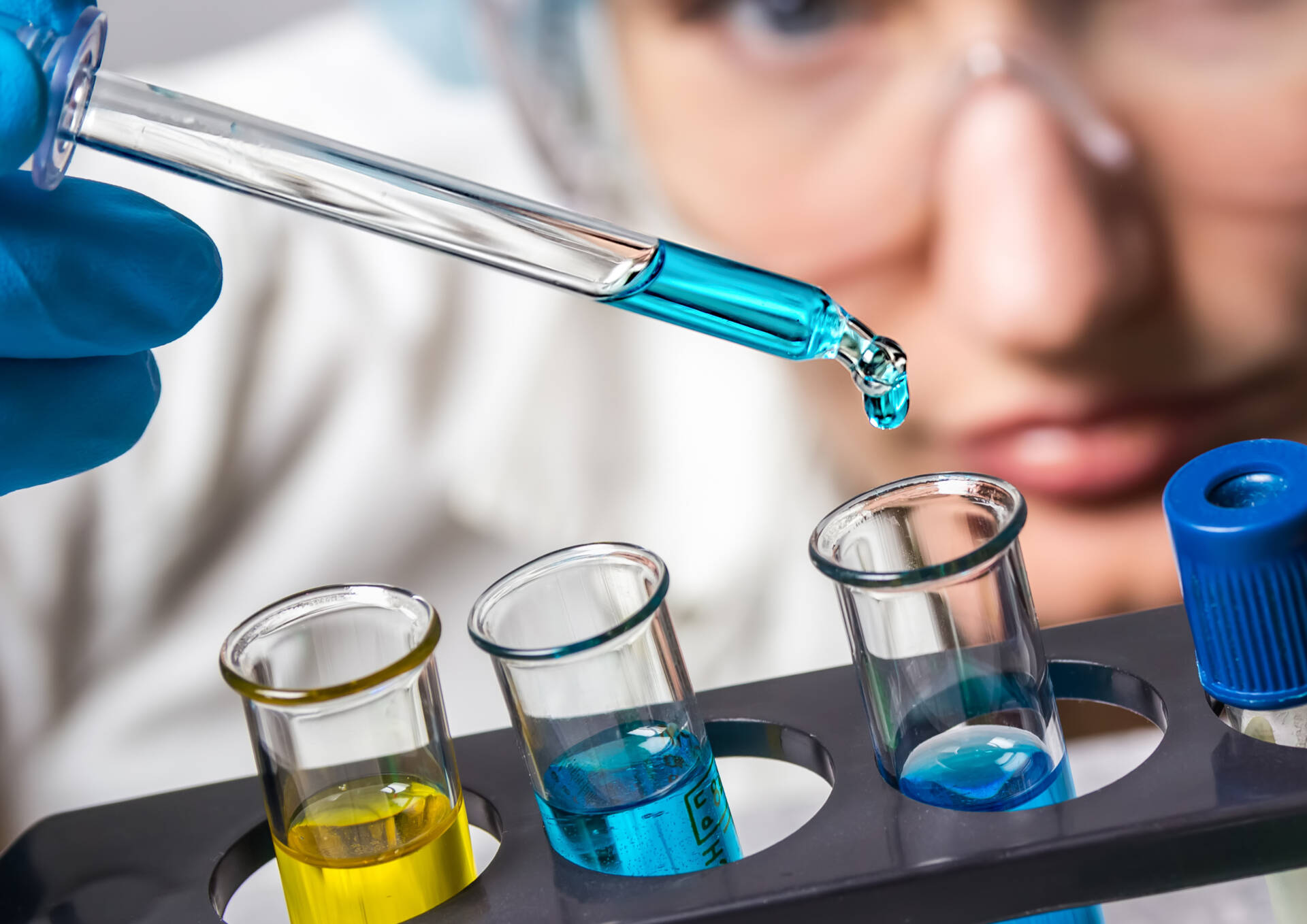
Detailed Report on Chemical And Pharmaceuticals is as follows.
Pharmaceutical chemistry is involved with the formulation and production of physiologically active chemicals. The purpose is to obtain new chemical molecules that can be used to discover new pharmaceuticals or to optimize presently known drug structures, hence extending the chemical therapies portfolio. Although organic chemistry is important, only knowledgeable pharmaceutical chemists can interact effectively with scientists from other disciplines such as pharmacology, physical chemistry, biochemistry, pharmacokinetics, pharmaceutical technology, toxicology, and molecular biology.
The term pharmaceutical (medical) chemistry first appeared in publications shortly after World War II. Molecular pharmacology progressed to the point where it was possible to express the biological activity of any chemical agent using quantifiable molecular attributes (e.g., IC50, EC50, pA2). Since then, scientists have used the term “drug design” to develop new treatments in a systematic manner.
The ability to analyse the association between a molecule’s chemical structure and biological activity (structure-activity relationships, SAR) in a quantitative manner (quantitative SAR, QSAR) improved significantly after computer technology and programming were introduced. Although rational methods for producing new pharmaceuticals are preferred nowadays, the observation of random or unfavourable consequences remains an important part of medication development.

Benefits Of Chemicals And Pharmaceuticals
Chemicals and pharmaceuticals are essential in many facets of life, giving several benefits that promote human health, well-being, and technological advancement. Here are a few key advantages:
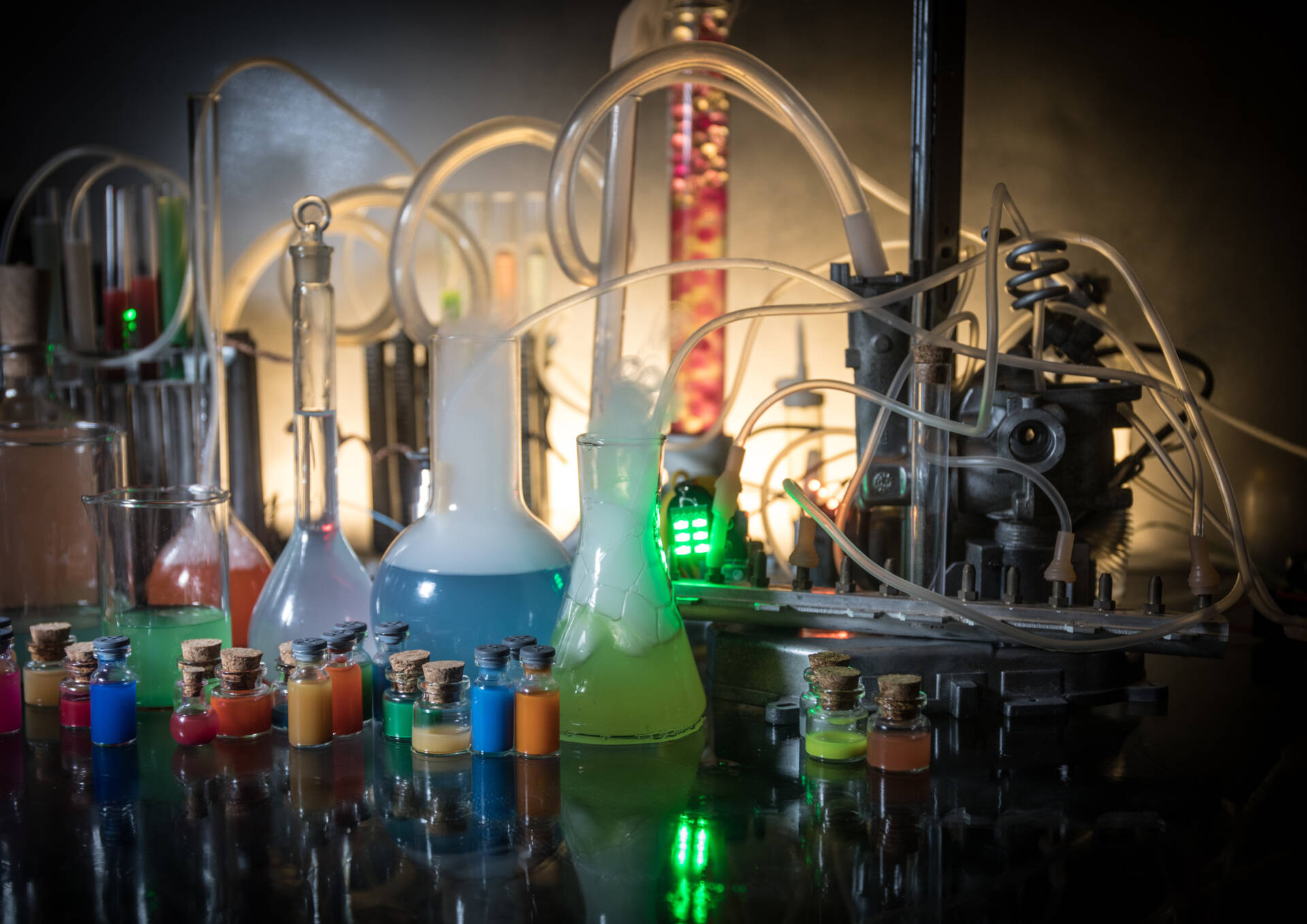
Improved healthcare: Pharmaceuticals are at the cutting edge of medical advancement, delivering treatments and therapies for a wide range of diseases and conditions. Chemically produced drugs have altered healthcare by effectively managing diseases, reducing symptoms, and even curing some disorders. They contribute to improved quality of life, increased life expectancy, and the potential to treat previously incurable diseases.
Disease prevention and control: Pharmaceuticals and chemicals are critical components of disease preventive and control measures. They are used to develop vaccinations, antibiotics, antivirals, and other medications that aid in the prevention of infectious disease transmission. These chemicals are also significant in public health programmes that aid in disease prevention, such as water purification, sanitation, and pest management.
Technological advancements: Chemicals are critical to technological progress in a variety of disciplines. They are used in the
of materials like as polymers, composites, and coatings, which improve the performance, durability, and efficiency of a wide range of products from electronics to transportation. Pharmaceutical R&D also contributes to technological advancements in medication delivery techniques, diagnostics, and medical equipment.
Agricultural productivity: Chemicals are crucial in agriculture because they provide fertilisers, insecticides, and herbicides that increase crop yields, protect plants from pests and diseases, and provide food security. These compounds assist farmers in increasing productivity, enhancing crop quality, and lowering losses due to extreme weather conditions.
Industrial processes: Chemicals are employed in a wide range of industrial processes, including manufacturing, energy production, and construction. They are employed in the production of a wide range of products, including plastics and textiles, as well as fuels and electronics, as catalysts, solvents, and raw materials. Chemical processes, such as those used to manufacture batteries, solar cells, and biofuels, contribute to energy creation as well.
Detailed Report Sample On Chemicals And Pharmaceuticals
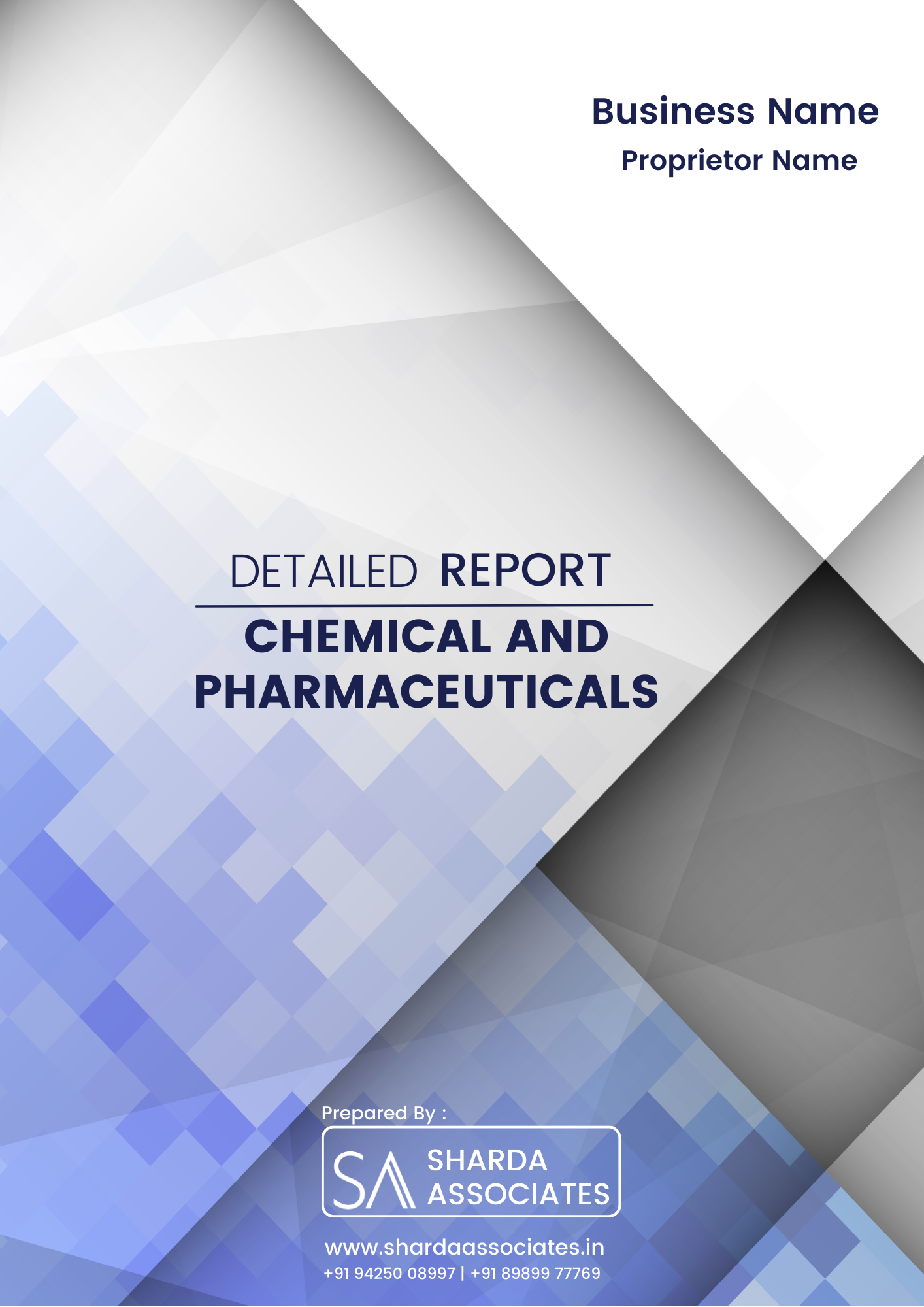
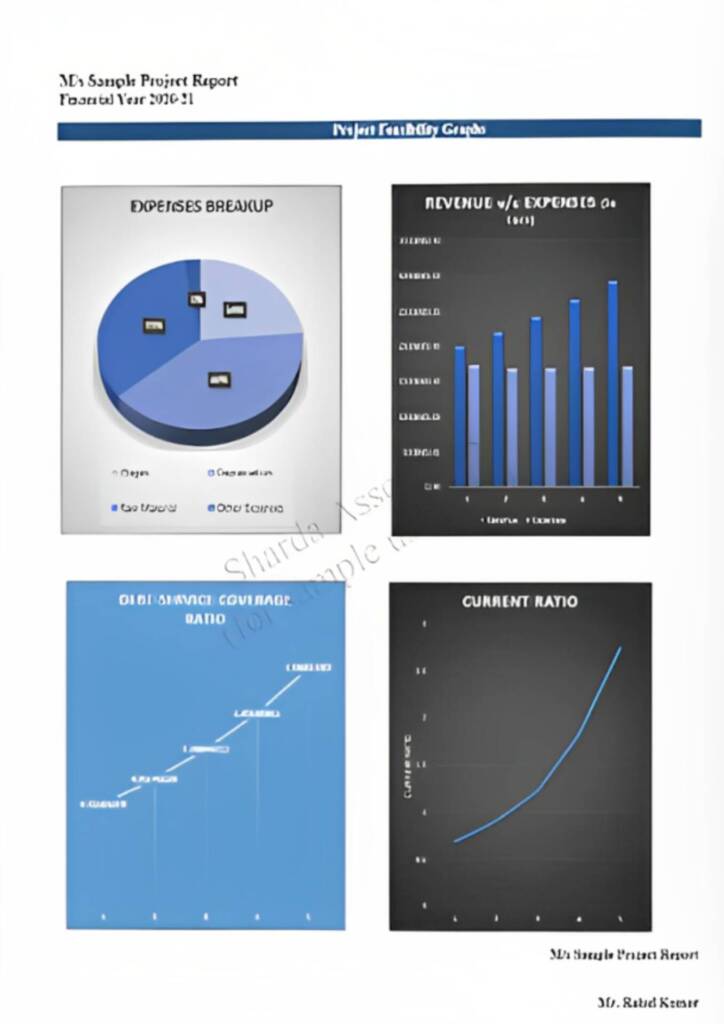
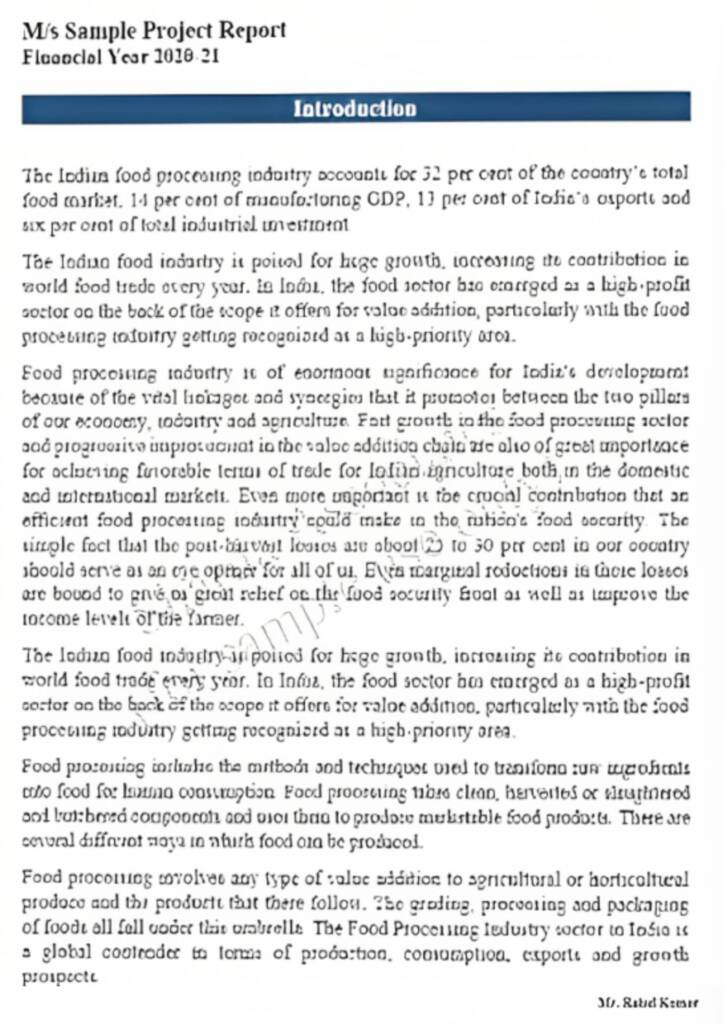
Market Potential Of Chemicals And Pharmaceuticals
The global pharmaceutical chemicals market was worth US$ 104 billion in 2020 and is anticipated to be worth US$ 197.4 billion by the end of 2030, representing a 6.9% CAGR from 2021 to 2030.
Pharmaceutical chemicals are predicted to present significant growth opportunities for the world’s major pharmaceutical chemicals companies. The development of novel pharmaceutical drugs, as well as evolving markets, are significant trends observed in the global pharmaceutical chemistry industry. This trend is expected to continue, boosting the target market’s growth in the near future. Rising healthcare spending in developing countries is influencing the pharmaceutical chemistry industry’s global business plans due to its high profitability.
These emerging economies are focusing their attention on individual health concerns, as a result of which they are increasing investment and developing innovative products around the world. Pharmaceutical drug production costs can be reduced through innovation, therefore significant players in the target industries are constantly increasing healthcare spending. Furthermore, major global industry participants are working together to achieve a competitive advantage in the global market.
Contents of Project Report
A project report helps you identify whether a project is worth pursuing. It presents the holistic view and brings complete insight of the business and its activity.
It acts as a guide for all the business operations, aids in taking all financial decisions related to the existing businesses and to the start-ups. It serves as roadmap to the business and provides information to the outsider who are wanting to know more about the business.
You will have the opportunity to build new goals and expansion ideas in one single document. Everyone, from the banks to potential investors, will need to have a look at the project report before they shell out any money.
A well drafted project report generally consists details about:
- Brief History of the Business
- The Promoters
- SWOT Analysis
- Industry Outlook
- Past Financial Statements
- Projected Financial Statements
- Infrastructure and Human Resource required
- CMA data
- Business model
- Requirement of Working Capital Funds
- Means of Finance
Other relevant information, if any.
